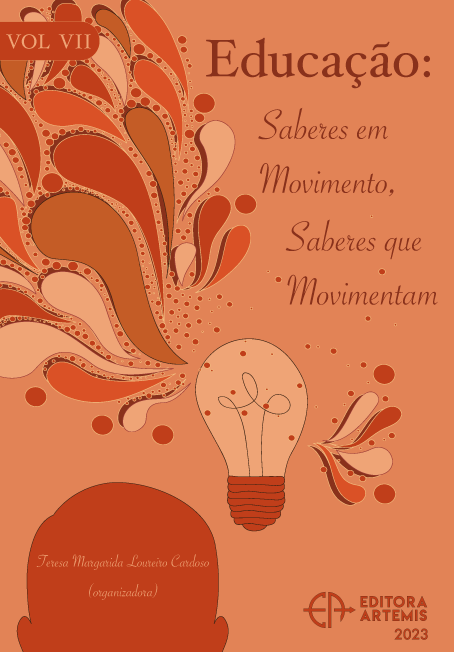
LA EDUCACIÓN PREESCOLAR VS LA CONTAMINACIÓN POR PLÁSTICOS DE UN SOLO USO
Las sociedades modernas se han convertido en sociedades autodestructivas debido al tipo de cultura, conciencia y conducta que manifiestan día a día con respecto al medio ambiente, esta afirmación se basa en la gran cantidad de artículos de plástico que se producen (principalmente los de un solo uso), para satisfacer la demanda mundial en pro de facilitar la vida y hacerla más cómoda. Desgraciadamente, el problema en sí no es la producción desmedida, sino que el problema está en el desecho de esos artículos, los cuales en más de un 90% terminan en los tiraderos al aire libre o en los ríos, mares u océanos contaminándolos y alterando el equilibrio ecológico de los diferentes entornos aéreos, terrestres y marinos. La potencialidad toxica para contaminar y poner en riesgo la vida de los seres vivos se debe principalmente por los aditivos que se les anexa para hacerlos más maleables y atractivos los cuales son desprendidos de estos plásticos al encontrarse tirados por doquier y verse afectados por el aire, el polvo, la luvia y la radiación solar, además de ello, convertirse en micro y nanoplásticos haciéndolos prácticamente invisibles para el ojo humano y por consiguiente consumidos o inhalados sin darse cuenta. Bajo esta dimensión la educación ambiental en preescolar se convierte en un eje principal para contrarrestar esta realidad.
LA EDUCACIÓN PREESCOLAR VS LA CONTAMINACIÓN POR PLÁSTICOS DE UN SOLO USO
-
DOI: 10.37572/EdArt_28112308610
-
Palavras-chave: Contaminación, plásticos de un solo uso, toxicidad.
-
Keywords: Pollution, single-use plastics, toxicity.
-
Abstract:
Modern societies have become self-destructive societies due to the type of culture, awareness and behavior they manifest every day with respect to the environment, this statement is based on the large amount of plastic items that are produced (mainly single-use), to meet global demand in order to facilitate life and make it more comfortable. Unfortunately, the problem itself is not the excessive production, but the problem lies in the disposal of these items, which in more than 90% end up in open air dumps or in rivers, seas or oceans, polluting them and altering the ecological balance of the different air, land and marine environments. The toxic potential to contaminate and endanger the life of living beings is mainly due to the additives that are attached to them to make them more malleable and attractive which are released from these plastics when they are thrown everywhere and are affected by air, dust, rain and solar radiation, in addition to this, becoming micro and nanoplastics making them practically invisible to the human eye and therefore consumed or inhaled without realizing it. Under this dimension, environmental education in preschool becomes a main axis to counteract this reality.
-
Número de páginas: 15
- María Dolores Carlos-Sánchez
- Rosa María Martínez-Ortiz
- Jesús Andrés Tavizón-García

